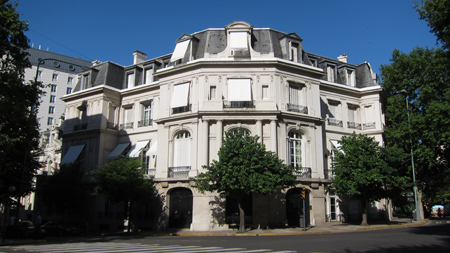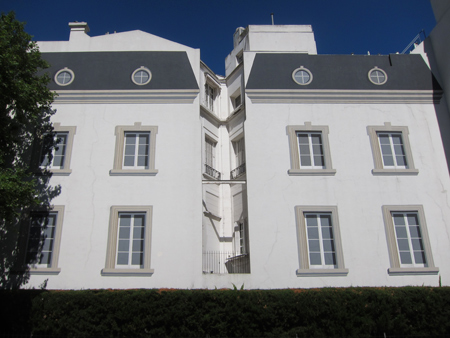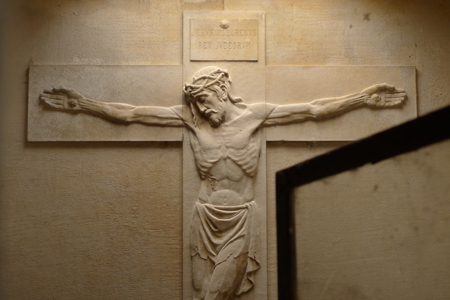
Documenting Recoleta Cemetery in Buenos Aires since 2007
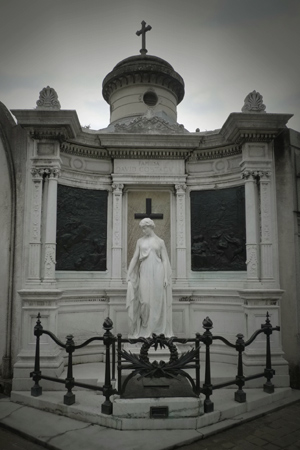
Local entrepreneur David Costaguta made most of his fortune from the manufacture & sale of textiles between Argentina & Europe at the end of the 19th century. Like most nouveau riche in Buenos Aires at that time, Costaguta decided to use his wealth to play around in the real estate market. But where to buy??
Plaza Lavalle underwent drastic change just as Costaguta looked to develop. The lot occupied today by the Teatro Colón originally held a train station… the terminus for the first railway built in the nation. In 1890 the station moved further west to Once, tracks were removed & the new opera house built in the same spot. Army barracks were likewise demolished to make room for a new Supreme Court (Tribunales).
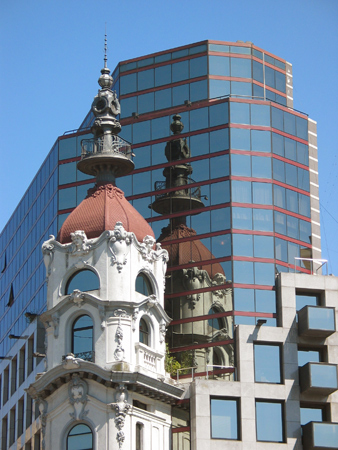
Costaguta bought the lot next to Tribunales & hired French architect Alfred Massüe to design a four-story building destined for both business & residential use. Work finished in 1907, & the Palacio Costaguta became another focal point for the plaza. Its tower & dome are still one of the most recognized pieces of Art Nouveau in Buenos Aires… even though a large portion of the building was demolished in 1988 & replaced with a rather horrific, glass office tower. Fortunately the Banco Fotográfico Digital run by the National Library contains a photo of Massüe’s masterpiece before modification:
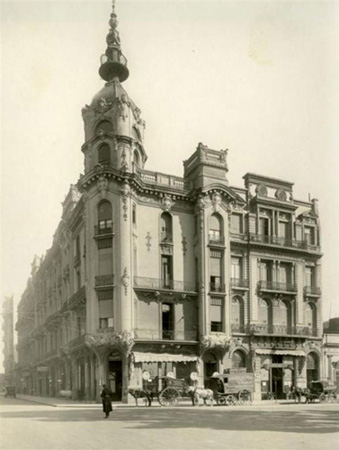
Costaguta’s tomb supposedly dates from 1907, but the architect responsible is unknown. The statue of a woman in mourning & two back relief panels (both unsigned!) are wonderful works of art. Hopefully more information will come to light in the future about the artists involved.
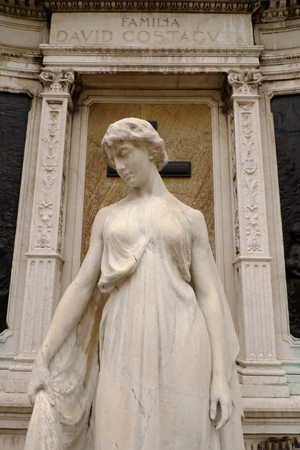
Like Art Nouveau? Learn about the architects of the era, their individual styles & what makes Art Nouveau in Buenos Aires so unique with a 33-page guide from our sister site, Endless Mile.
Leave a Comment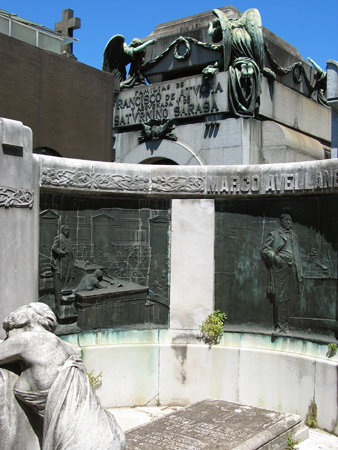
Imposing but built on one of the more narrow paths of the cemetery, the mausoleum for the Familias de Francisco de Atucha y Azcuénaga y de Saturnino Sarasa is notoriously difficult to photograph. Even more difficult to see is the beautiful stained glass window inside… but it’s worth the effort:
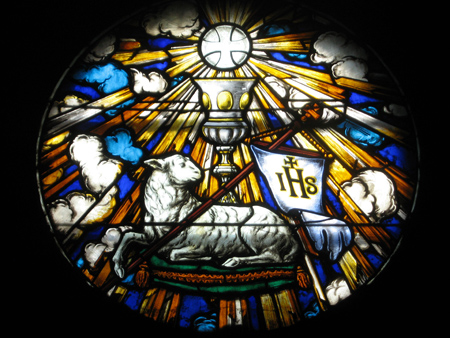
At the beginning of the 20th century, Jorge Atucha purchased some 35,000 hectares from the Duggan family. The estate, located on the northern border of the Provincia de Buenos Aires, took the name “El Pelado“—perhaps Jorge was balding at the time! (confirmed in the comments below)—& soon became a thriving cattle ranch. The family’s fortune grew when a branch of the Urquiza train line arrived to the estate in 1913 & carried its products to the capital. The station was named Sarasa after the last name of Jorge’s mother.
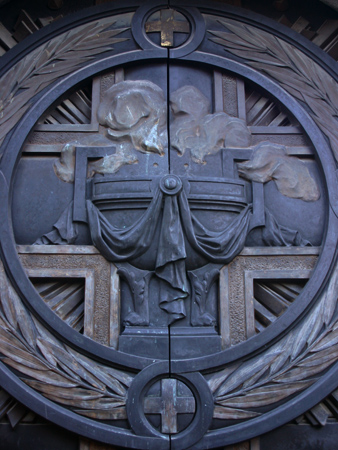
As the estate grew, so did the number of people needed to work it. By 1925, a small town began to emerge in order to provide services to estate workers. Unfortunately “El Pelado” did not survive the political & economic crisis following the departure of Perón. In later years, the last military dictatorship stopped train service, & the town currently has a population of under 100 people.
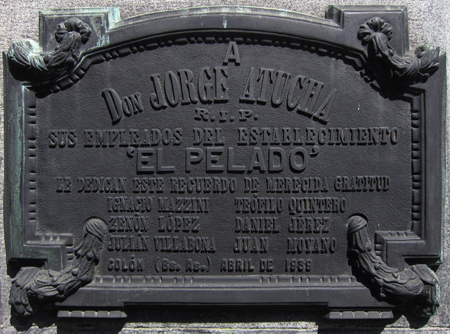
But the estate is still recognized as one of the oldest & best breeders of thoroughbred race horses in the nation. And in spite of fortunes that come & go, the Atucha family obviously did very well for themselves. Their tomb was designed by French architect René Sergent, although he never visited Buenos Aires. The beautifully crafted door & crowning angels would certainly draw much more attention if this tomb had been built on a main walkway.
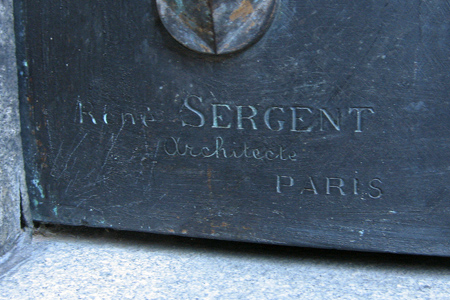
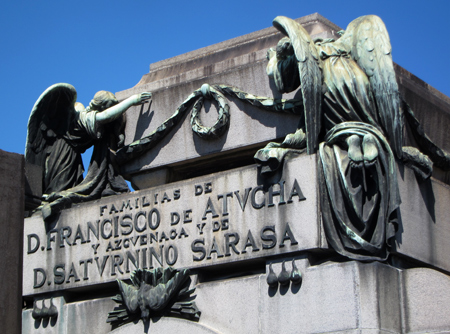
When the Atuchas spent time in Buenos Aires, their residence was located near Recoleta Cemetery on chic Avenida Alvear… just opposite the Palacio Ortiz Basualdo. Sold long ago, the house was divided into several apartments & contains one of the few faux, painted façades in Buenos Aires & is easily visible from busy Avenida 9 de Julio.
